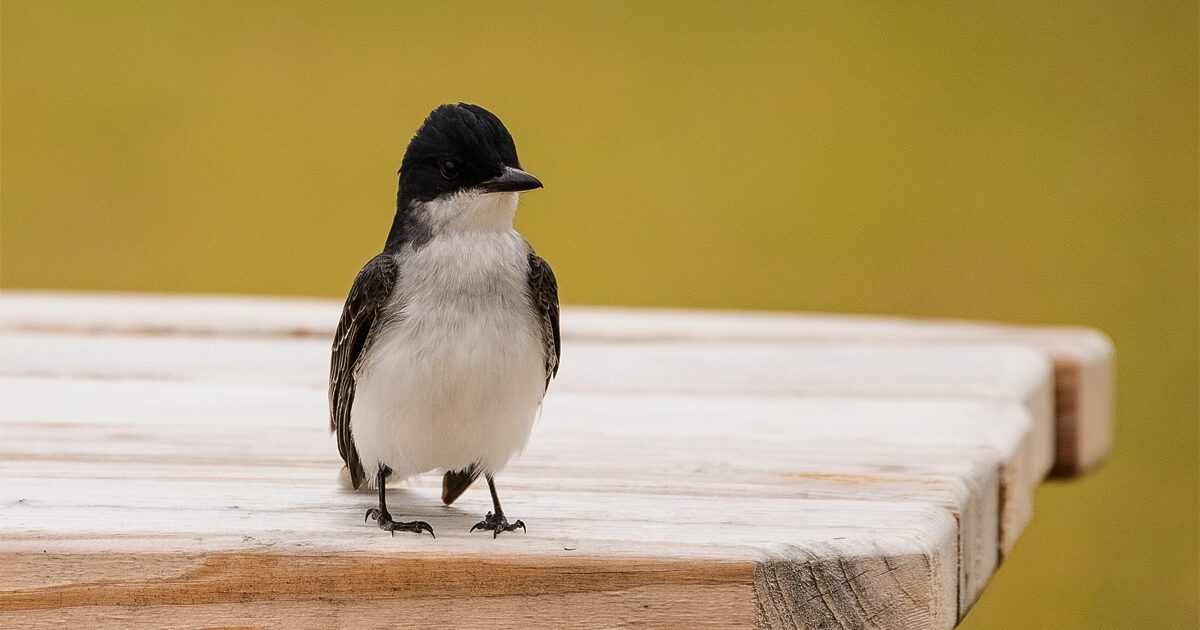
Virginia’s Cutest Critters: Small Wildlife That Will Steal Your Heart
Virginia is home to an incredible array of wildlife, from soaring eagles to elusive black bears. But some of the most charming creatures are the smallest ones — the ones that make you say “aww” without even trying. Here are a few of the cutest critters you might spot in the Old Dominion.
Eastern Cottontail Rabbits are backyard regulars, often seen nibbling on grass or hiding under shrubs. With their big eyes, twitching noses, and fluffy white tails, they’re a symbol of springtime charm.
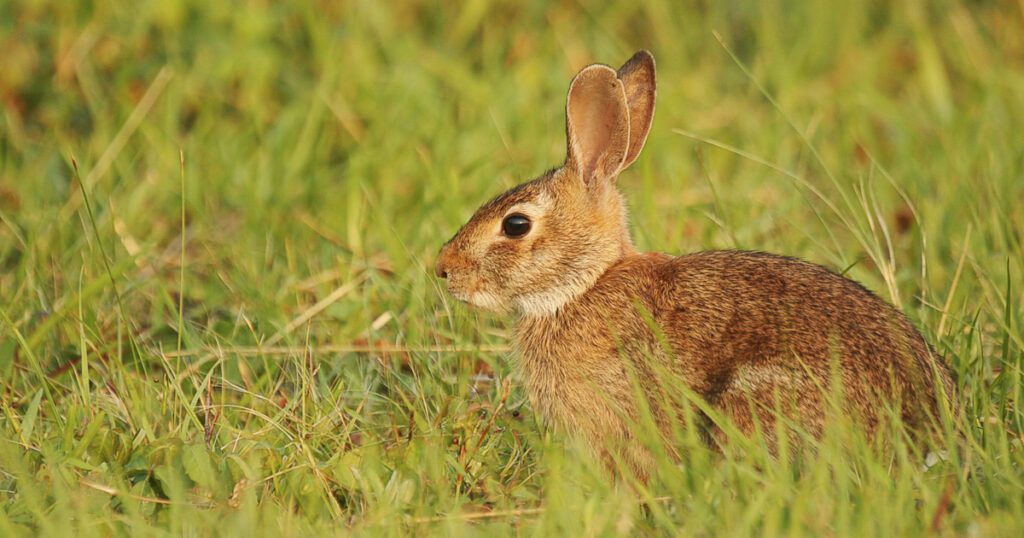
Flying squirrels — yes, they live here! These nocturnal gliders are tiny, with big round eyes and a furry membrane that helps them “fly” from tree to tree. They’re rarely seen, but once you do, they’re unforgettable.
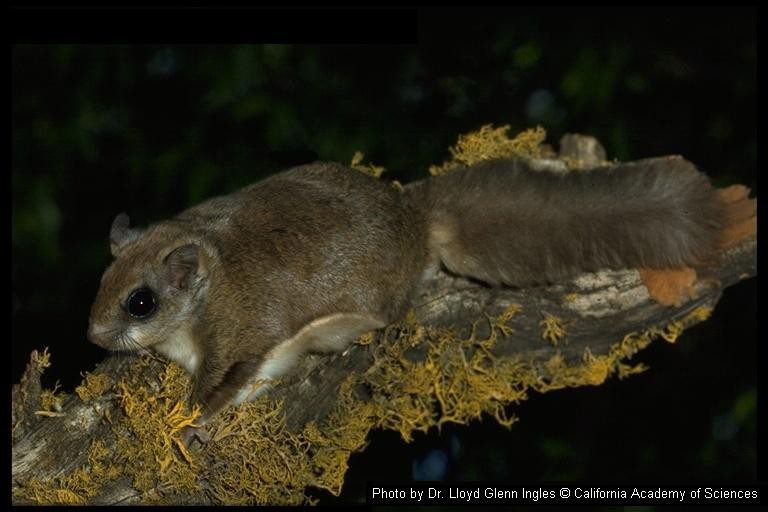
Spotted salamanders might be slimy, but their glossy black bodies and bright yellow spots make them look like cartoon characters. They spend most of their time underground, but migrate in large groups to vernal pools during early spring — a magical sight if you’re lucky enough to catch it.
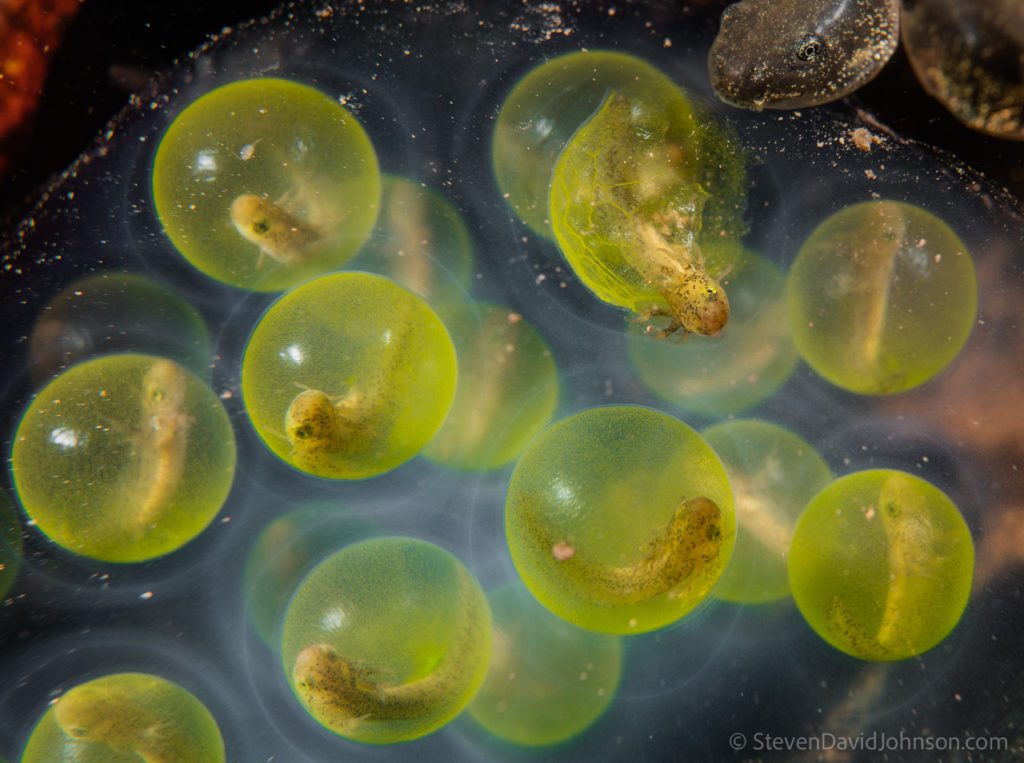
Box turtles are another adorable Virginia native. With their dome-shaped shells and slow, deliberate movements, they bring a gentle charm to forest floors and backyard gardens alike.
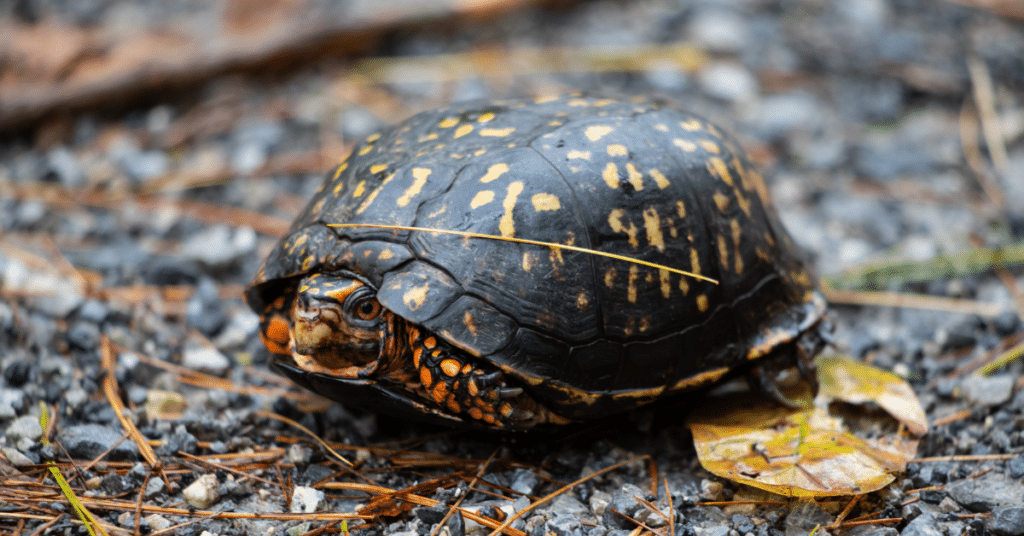
River otters are playful, social, and endlessly entertaining. Found in rivers and wetlands across the state, these sleek swimmers often travel in family groups and love sliding down muddy banks just for fun.
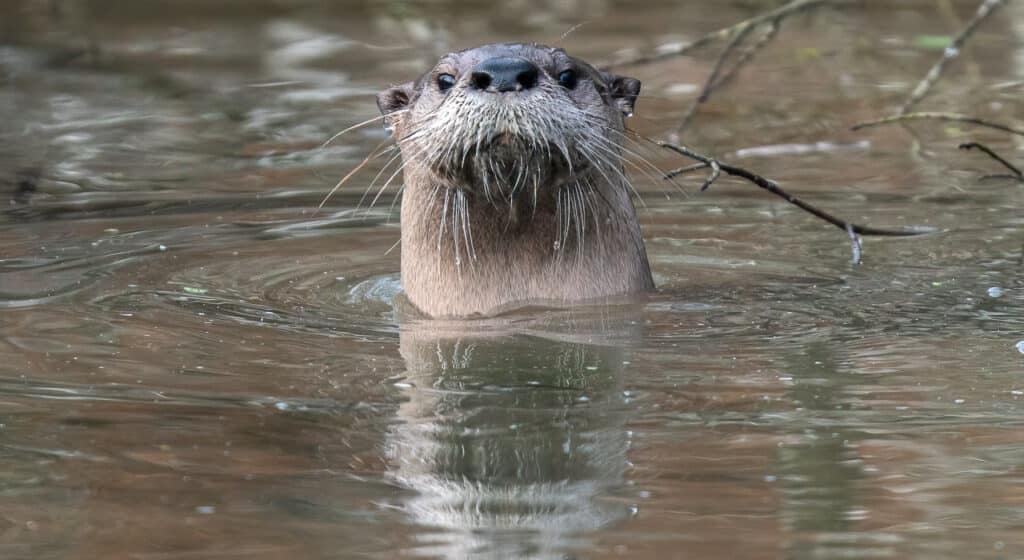
Of course, there’s no shortage of cute birds, bugs, and baby animals, too — from fuzzy caterpillars to wide-eyed fawns.
Spotting Virginia’s cutest critters is a great reminder of why protecting wild spaces matters. Whether you’re on a hike or just watching from your porch, these animals add a little joy — and a lot of wonder — to our everyday lives.
Featured photo donated by Lori A Cash – Eastern kingbird sitting on picnic table on a cloudy afternoon at Fort Monroe National Monument in Hampton, Virginia. To curate your social media feeds with the most delightful creatures, follow our conservation photographers Stephen David Johnson and Lori A Cash.